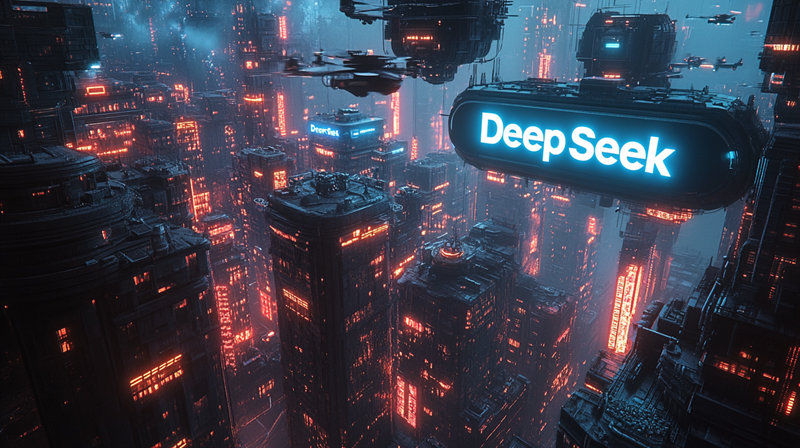DeepSeek R1 Model Redefines AI Efficiency with Low-Cost Breakthrough
The January release of DeepSeek's R1 model sent shockwaves through the AI industry, not for flashy new features but for achieving what many considered impossible: matching top-tier AI performance at just 5-10% of competitors' operational costs. This breakthrough has forced major players to reconsider their fundamental approaches to artificial intelligence development.

Hardware Constraints Spark Innovation Facing U.S. export restrictions on advanced AI chips, DeepSeek turned limitations into advantages. While American firms pursued brute-force computing power, the Chinese company focused on optimizing existing resources. The results speak for themselves - their predecessor V3 model was trained for a mere $6 million compared to competitors' budgets reaching hundreds of millions.
Smarter Data Strategies DeepSeek's engineers took an unconventional path with training data, blending web-scraped content with synthetic data and outputs from other models. Their Transformer-based architecture with mixture-of-experts (MoE) frameworks handles synthetic data more effectively than traditional models, avoiding the performance degradation that plagues other systems.
Industry Disruption in Progress The impact is already visible across Silicon Valley. OpenAI recently announced plans to release its first open-weights language model since 2019, a notable shift following DeepSeek's success. With operating costs reportedly reaching $7-8 billion annually, even well-funded American firms feel pressure from these efficient alternatives.
The Next Frontier: Autonomous Evaluation DeepSeek isn't stopping at cost efficiency. Their collaboration with Tsinghua University explores "self-principled commentary tuning" (SPCT), where AI develops its own evaluation criteria. This ambitious approach could revolutionize how models improve during operation rather than just through pre-training - though it raises important questions about maintaining human-aligned values.
As Microsoft pauses data center expansions and Meta benchmarks against DeepSeek models, one irony stands clear: export restrictions meant to maintain U.S. AI dominance have instead accelerated the innovation they sought to contain. The global AI race just entered a new phase where efficiency may prove as valuable as raw computing power.
Key Points
- DeepSeek's R1 model achieves comparable performance to leading AI systems at 5-10% of operational costs
- Hardware constraints led to innovative optimization strategies that outperform brute-force approaches
- Synthetic data integration and novel model architecture contribute significantly to cost efficiency
- Industry leaders are adjusting strategies in response to these efficiency breakthroughs
- Emerging autonomous evaluation methods could further transform AI development paradigms